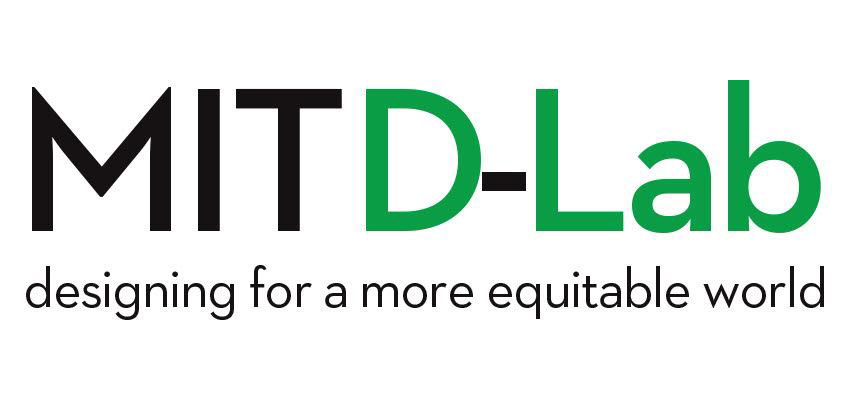
The D-Lab: Schools class is spending the winter break in Cambodia, and they have split into three different sub-teams, namely the materials team, the educational technology team and the sanitation team. Here is an update from each of them:
The materials team (Dorothy, Libby, Emily, and John) has been in the Angkor Chum district (~ 60 km outside of the city of Siem Reap) for a few days and have already began construction of a soil block double latrine. They are also investigating sources of rice husk ash (RHA) which we are using as a partial replacement for cement in concrete.
The educational technology team (Rachel, Sarah, Quinnton, Albert, and Sopheap), also call Stories to Share (S2S) has just arrived in Siem Reap after spending a few days in Phnom Penh where they met with a top 5 radio station to discuss broadcasting their Khmer stories. Check out their website.
On of the students from the sanitation team, Kim Sparling, reports more in detail about progress made on this area:
A few mornings ago we moved to Jasmine Lodge, and set out on a TukTuk to meet Scott at the Trailblazer Foundation. After a brief introduction, our group (Steve, Kelly, Michelle, Saba and Kim) plus Scott and his wife went out to visit three schools around Siem Reap to determine what needed to be done.
School 1: Smiling Hearts
Smiling Hearts was started in November 2010, and it's amazing how much has been done in a mere 2 months. Somali, the woman who started the school, is a trained teacher who works during the week at a nearby private school. She wanted to help orphans and other poor children who cannot afford the ~500 riels (12.5 cents) a day to go to school. Two thatched classrooms attached to a thatched office take up most of the area adjacent to her house. Right now, she is in the process of having a latrine built for her students (she teaches sanitation every Saturday). Projects that she requested where constructing a playground and a fence around it, extending an awning, setting up a TV.School 2: Wat Atwea (built in 2003)
This government school has about 200 students, ages 5-13/14, grades 1-6. There are two main buildings: a wooden structure with serious termite damage for grades 1-3 and a typical cement government school design for grades 4-6. The school has one 2-door latrine that is cleaned by the students. However, when the pits fill the waste is simply carried out and dumped in the forest. Right now, because it is the dry season in Cambodia, the well on the school is pretty dry--it takes several pumps and priming to get water. We are considering building a rainwater catchment system on the roof of the newly built kitchen that could be used for cooking, cleaning and/or irrigation.School 3: ABCs and Rice
After having lunch with Tammy, the Canadian woman who started the school, we got to see this school. It consists of 3 thatched classrooms in addition to two new pre-fabricated classrooms. There is a newly planted vegetable garden and a one-room thatched latrine in the back corner of the compound. They have a 60 ft deep well that still works during the dry season. Tammy said that they could use a new latrine and is really interested in having a composting latrine. She has big plans for expanding ABCs and Rice; she just signed a lease for the property directly adjacent to the school where she wants to add more pre-fabricated classrooms and an office. The students who go to ABCs and Rice go there primarily for English lessons, and to government schools for the rest of their education. If families cannot afford to go to government schools, then ABCs and Rice provides money for classes, and also give the families food and water (since they loose labor by sending their children to school).After seeing these three schools, we have decided to first focus on building a rainwater catchment system at Wat Atwea, using similar plans to those at Amphil Peam (from the 2010 class). With remaining time, we are trying to research and see what need to go into building a composting latrine. We are also preforming water tests on water samples taken from Wat Atwea and ABCs and Rice.

